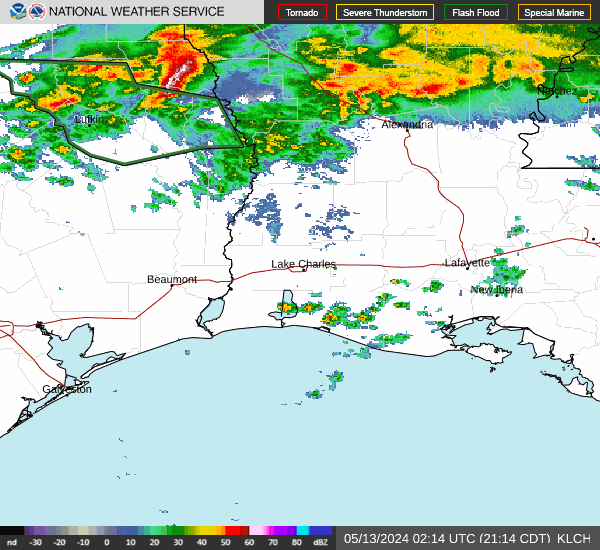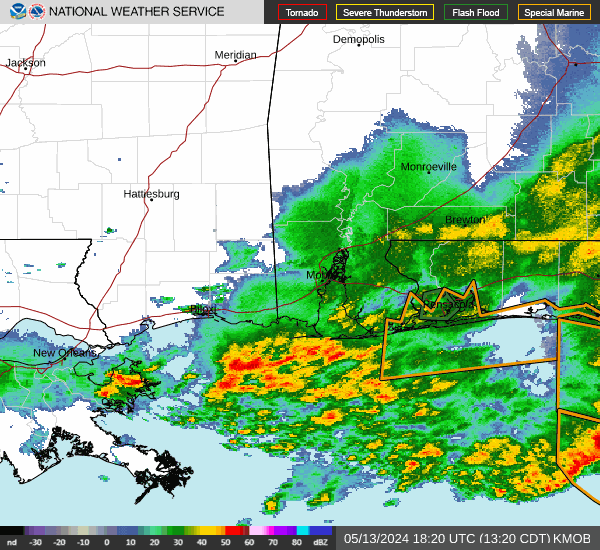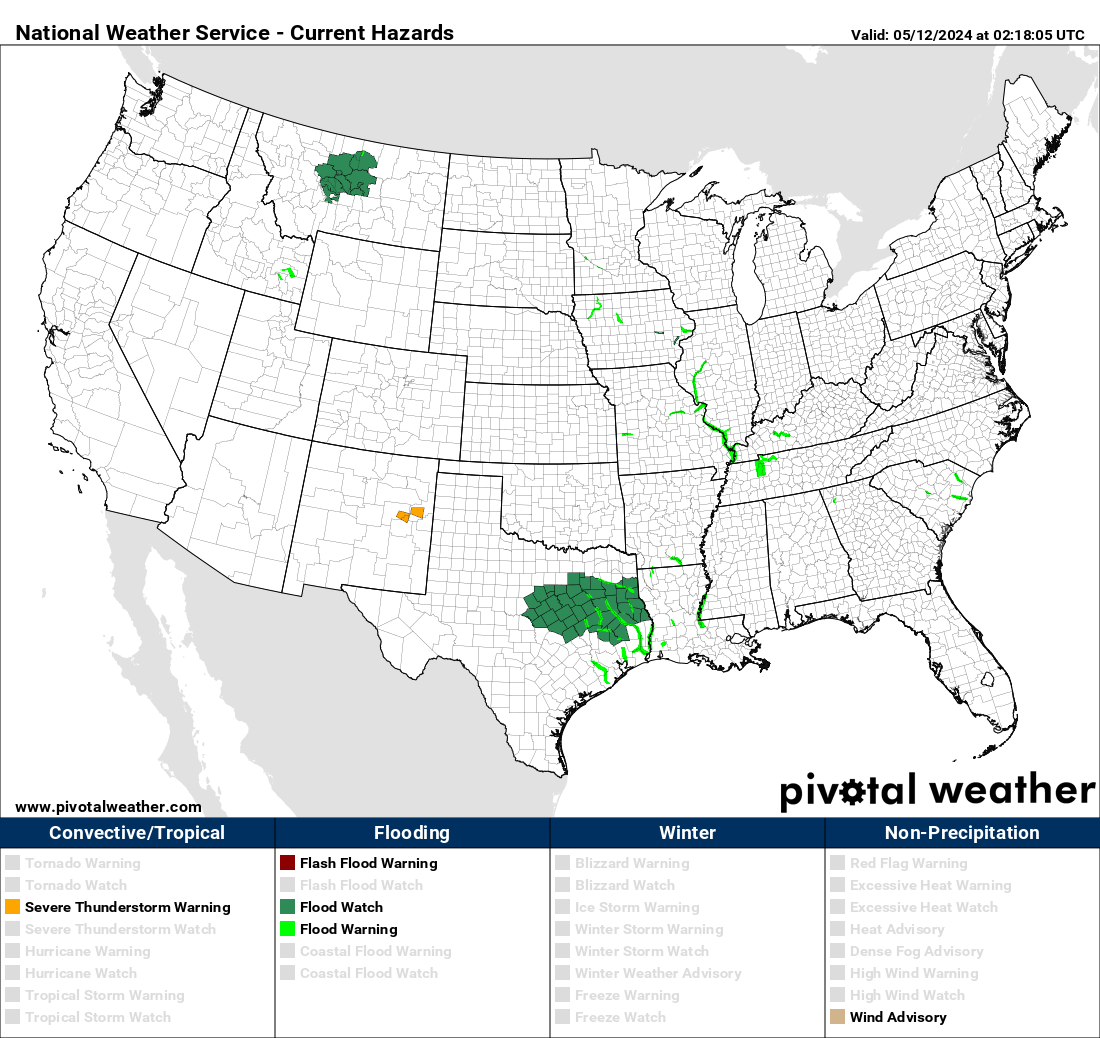Post by Briella - Houma on Jan 17, 2016 19:21:11 GMT -6
National Weather Service triples computing power to generate more accurate forecasts
In New Orleans this week the National Weather Service was able to announce to the meteorological community that it had successfully completed a long-awaited computing upgrade.
The system comprises two supercomputers — one of which will serve as backup — from IBM and Cray, located in Reston, Va., and Orlando. “They are now running at 2.89 petaflops each for a new total of 5.78 petaflops of operational computing capacity, up from 776 teraflops of processing power last year,” the Weather Service said in a press release.
In other words, it triples the computing power available for forecast generation, which in the end will lead to higher resolution and more accurate forecasts of everything from day-to-day weather to severe thunderstorms and hurricanes.
The system comprises two supercomputers — one of which will serve as backup — from IBM and Cray, located in Reston, Va., and Orlando. “They are now running at 2.89 petaflops each for a new total of 5.78 petaflops of operational computing capacity, up from 776 teraflops of processing power last year,” the Weather Service said in a press release.
In other words, it triples the computing power available for forecast generation, which in the end will lead to higher resolution and more accurate forecasts of everything from day-to-day weather to severe thunderstorms and hurricanes.
The European model’s success was no surprise to the meteorological community, but Louis Uccellini, director of the National Weather Service, said Sandy served as a very tangible wake-up call for the leaders who control the Weather Service’s bottom line. The completion of the project, though over a year behind the initial schedule, advances NOAA’s computing capacity beyond that of the ECMWF.
The new system is a huge step forward for the American weather enterprise. Forecast models will gradually be rolled over to the new computers over the coming months, starting with the GFS, which will also be upgraded with a more advanced data assimilation technique. Version 2 of the HRRR is expected to be running on the new computer in time for severe weather season, and the next generation HWRF, which will be linked to a dynamic storm surge model, should be in place by June. The WRF river models, which currently forecast for 4,000 points across the United States, will be able to forecast for 2.7 million catchments and streams when it is added to the supercomputer in June or July.











